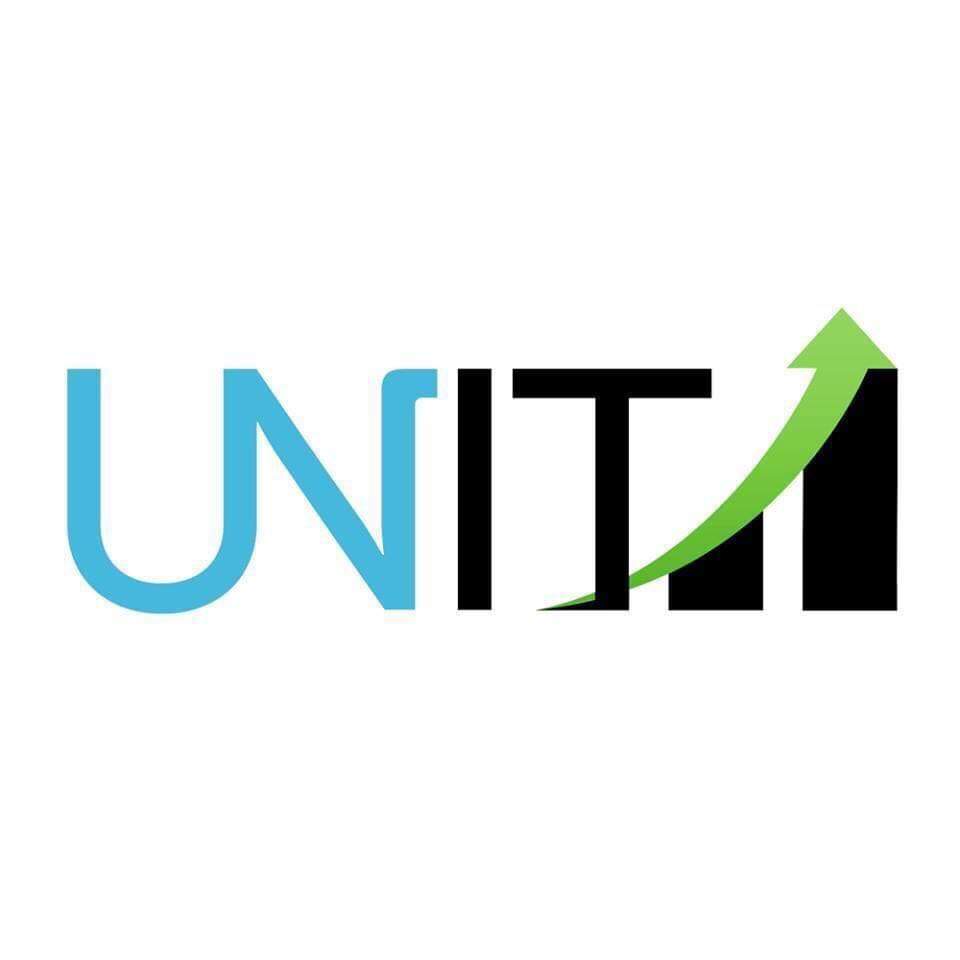By: Sadaf Musfique and Sheeri Bao
Posted: 26th June 2020
Race to a Vaccine

As Australia begins to ease restrictions enforced due to the COVID-19 Pandemic, the rest of the world still remains stagnant in its efforts to erase the virus, with the American, European and Asian continents still suffering. The race to a vaccine still remains an objective to be accomplished, and many question how markets will react once the pandemic is over and how some markets are still remaining so strong.
There are essentially two different approaches to a vaccine for the coronavirus, one using new technology such as genetic materials to elicit an immune response to create a vaccine, while the other uses old technology, whereby the live virus is analysed and scientists attempt to reduce the effectiveness and infectiousness of the virus. These strategies are broadly used among a wide variety of companies, and right now there are 8 approaches currently in clinical development.
The timeline in terms of clinical development tends to have 3 phases of study, which all happen sequentially, and when the researchers have confidence in their product, typically at the end of phase 2, manufacturing increases so that they can supply to the market. Large-cap biotech analyst Matthew Harrison believes that there are at least 4 vaccine projects which expected to see initial data this month. During this phase of development, researchers are looking to see if the vaccine produces neutralising antibodies that can neutralise the virus, as well as ensure the safety of the vaccine. Harrison believes that a vaccine can be implemented as early as the summer of 2021.
Despite concerns that a vaccine may not be created, Harrison pointed out that virtually all patients have developed antibodies to the coronavirus, which is a positive incentive for creating a vaccine, the only issues circulating around mutations of the virus. Harrison believes the only debate is whether or not a fully protective vaccine will be developed or if the virus’ infectiousness and effectiveness will be reduced i.e. brought down to the nature of the common flu.
In countries such as the U.S., forced liquidation has incentivised research facilities and centres to engage in R&D for the virus, due to limited downside potential with a capital buffer.
Obviously, one of the biggest concerns for countries and their economies is the 2nd wave of the pandemic once restrictions are eased. The nature of how the virus is spread is important to consider when discussing the impact of the 2nd wave/s. The virus spreads through surfaces or direct respiratory transmission i.e. sneezing, coughing etc. In Europe, Asia and America, the summer season has just begun, and this reduces the likelihood of both factors occurring. Heat significantly reduces the impact of the virus on surfaces while summer also reduces the spread and existence of colds, flu etc. Furthermore, with the introduction of contact tracing, and more kits being distributed globally, a second spike would emit a more prepared secondary response and ultimately blunt the peak of the virus.
Now, despite economic weakness and political uncertainty in countries such as the U.S. and England, equity markets appear to remain optimistic. Chief Cross-Asset Strategist at Morgan Stanley Andrew Sheets believes this is due to investor expectations from the past. As economists collectively believed that April was the low of the market, the economy seems to follow their lead. Furthermore, Sheets believes that the uncertainty in the world has made investors more cautious, holding more cash, being less invested, and thus leading to the omission of vulnerabilities that would result from the market being overly optimistic.
Indeed, perhaps despite the unexpected times, the predictions of the market have been fairly typical. The onset of COVID-19 saw bond yields declining and stocks led by very narrow and topical companies. However, as credit markets heal first, smaller, cheaper more cyclical assets that do worst in times of recessions are beginning to start to do better.
For now, the race to the vaccine is a waiting game. The market will go on as normal, if not, stronger, in times of an epidemic. The caution perhaps is a positive. However, as restrictions are easing, the market will change once again, evolve and grow.
